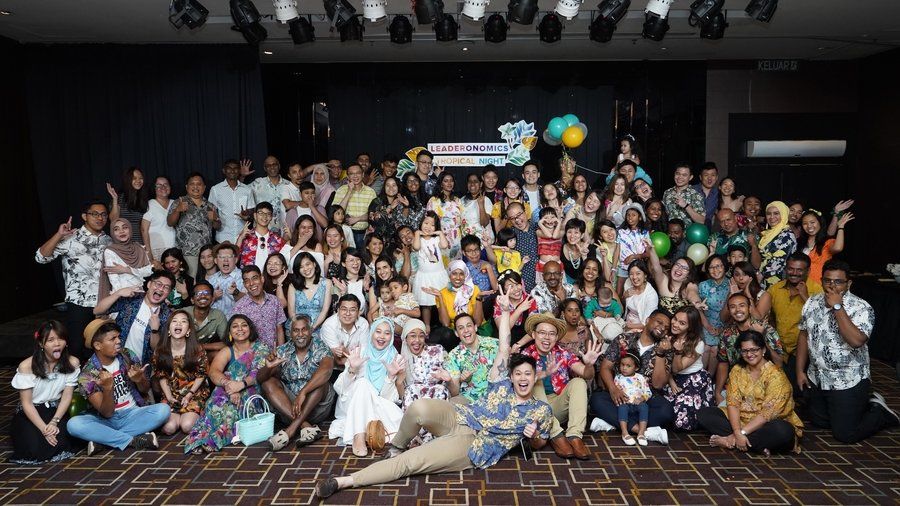From War To Victory: Managing Talent Through Organisation

A new senior chief human resources officer (CHRO) from operations reflected on his first 90 days as CHRO. He noted that people from human resources (HR) seemed consumed with improving talent processes.
He observed that they had developed many good disciplines at bringing people into the organisation and helping them be productive. He said that he felt they were 65 per cent to 75 per cent up the “S-curve” of managing talent.
But he realised that the challenge in his organisation was not about talent alone, but about building a culture.
He shared that his organisation was changing its business focus, and merely getting good people into the organisation was not enough; the organisation needed to create a more adaptive culture.
He believed the tagline, “culture eats strategy for lunch” and he felt that HR should be the steward of culture as well as talent.
Talent is not enough
In the last 15 to 20 years, leaders have been encouraged by remarkable work captured in the ‘war for talent.’ Many have built systems for bringing people into the organisation (sourcing, having a value proposition), moving them through the organisation (development, performance management, engagement), and removing them from the organisation (outsourcing).
The war for talent was a great battle, but we now need to turn to victory through organisation. Talent is not enough. Individuals are champions, but teams win championships.
In today’s rapidly changing business world, the challenge of building the right organisation complements and supersedes the talent challenge.
It is interesting to note that the Chartered Institute of Auditors has prepared documentation to help auditors monitor culture. Getting good people into the organisation falls with creating a culture where people work hard on the right things.
One of the challenges for HR professionals to facilitate building the right organisation is that there are related concepts, terms, and prescriptions that require clarity. Are organisations to be thought of as resources, core competencies, health, climate, processes, values, shared mindsets, organisation types, or systems?
With these confusing concepts, no wonder leaders have difficulty in creating competitive organisations. The concept clearly matters, but it seems impossible to articulate or define with any precision.
Let me propose a three-step process for leaders to bring discipline to creating victory through organisation.
-
Capability of the organisation
Organisation capabilities represent what the organisation is known for, what it is good at doing, and how it allocates resources to win in its market.
Organisations should be defined less by their structure and more by their ability to establish the capabilities required to win – that is, to serve customers in ways that competitors cannot readily copy.
Organisation capabilities might include the ability to respond to or serve customers, drive efficiency, manage change, collaborate both inside and outside, innovate on products and business model, access information, and establish the right culture.
Leaders can facilitate capability audits to determine if the organisation has prioritised the right capabilities to win.
-
Effects of culture
Culture represents the pattern of how people think and act in the organisation. While organisations can have many capabilities, culture is likely the key for future success.
The right culture takes what the organisation should be known for by key customers and uses this external identity to shape internal thought and action. Leaders can audit the extent to which an organisation has the right culture.
-
Action through agendas
Management actions can be identified and implemented to create and sustain the desired culture. My colleagues and I have classified these actions into intellectual, behavioural, and process agendas.
Intellectual agendas ensure that managers create a shared culture inside and outside the organisation; behavioural agendas show the extent to which all employees behave consistently with the desired culture; and process agendas institutionalise the culture through management practices.
Coming down to individuals
The three dimensions in this organisation logic parallel psychologists’ understanding of individuals.
Individuals have personalities (parallel to organisation capabilities) that have been categorised into the “Big 5”: openness, conscientiousness, extraversion, agreeableness, and neuroticism. These five personality traits capture domains that can be observed and measured.
Individuals then have habits (organisation culture or patterns) that determine how they approach life. Psychologists say that 50 per cent to 80 per cent of what people do come from habits or routines.
These habits show up in how people think (cultural intellectual agenda), act (cultural behavioural agenda), and manage emotions or sentiments that signal and sustain behaviours (cultural process agenda).
Psychologists who diagnose individuals look at each of the three levels (personality, habit, action). Likewise, HR professionals who assess organisations can look at three levels (capability, culture, and management action).
Implications
Leaders who manage talent, leadership, and culture bring similar rigour to organisation as they have to talent and leadership – they will add even more value to their organisations. The wars for talent will be changed into victories through organisation.
Prefer an e-mag reading experience? This article is also available in our 15th December, 2018 digital issue. Access our digital issues here.
Business





